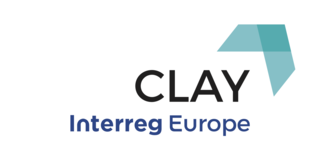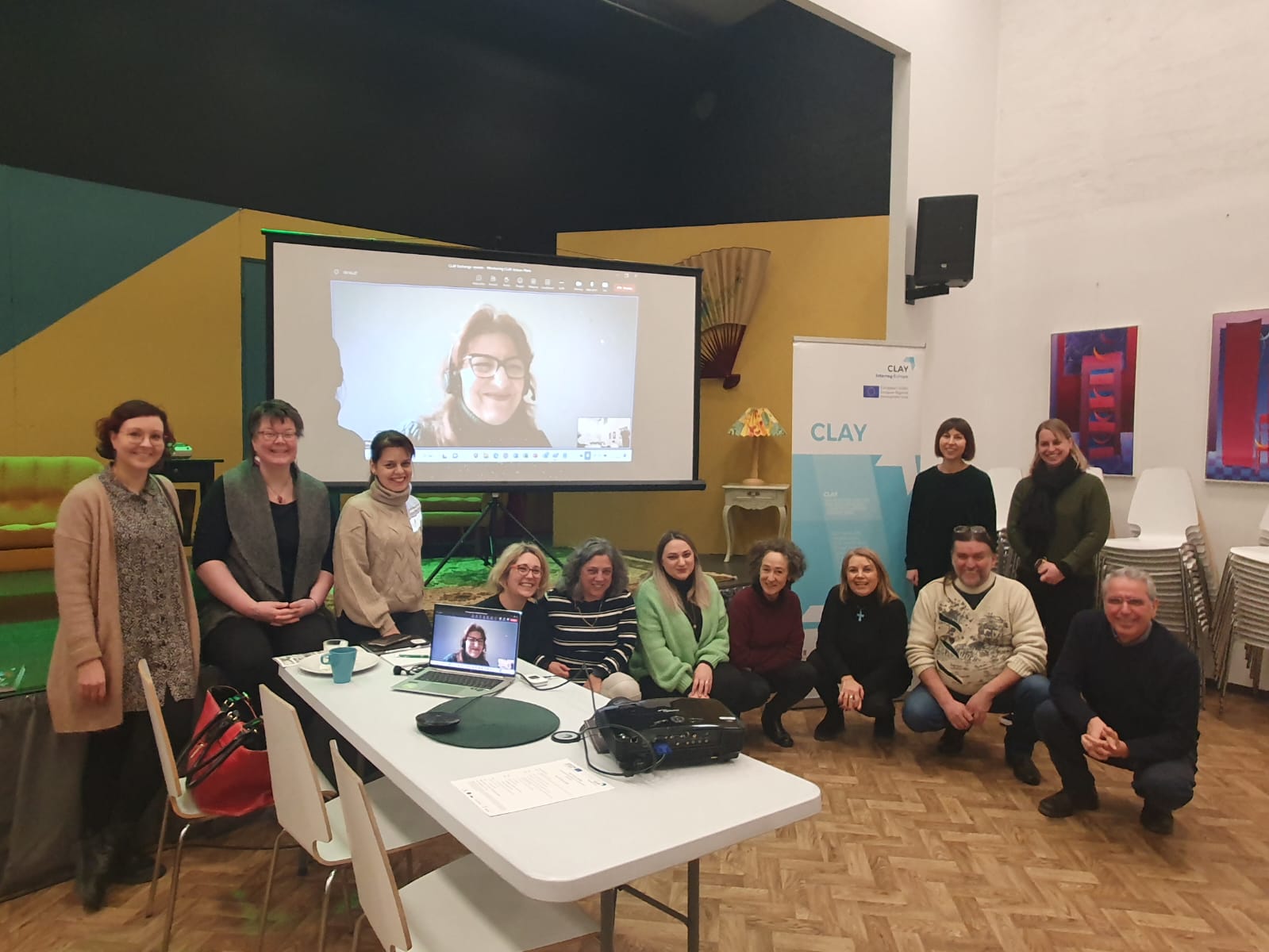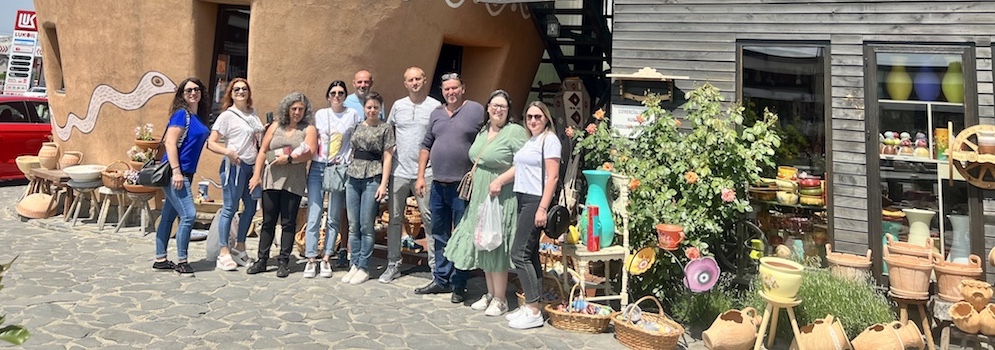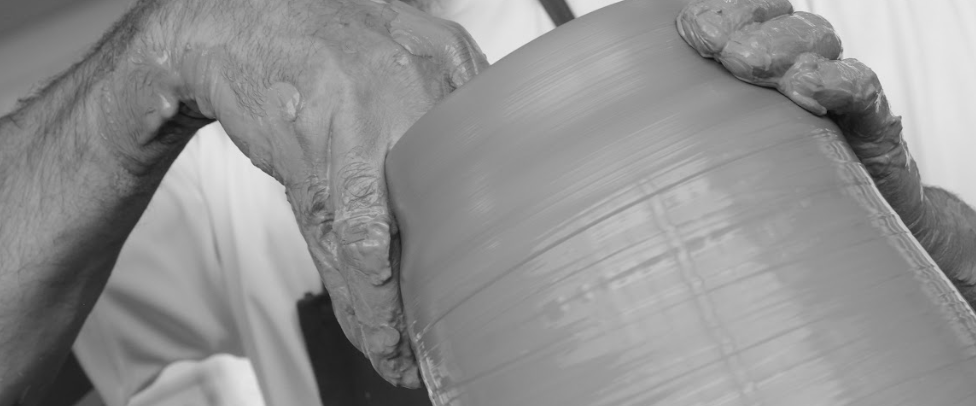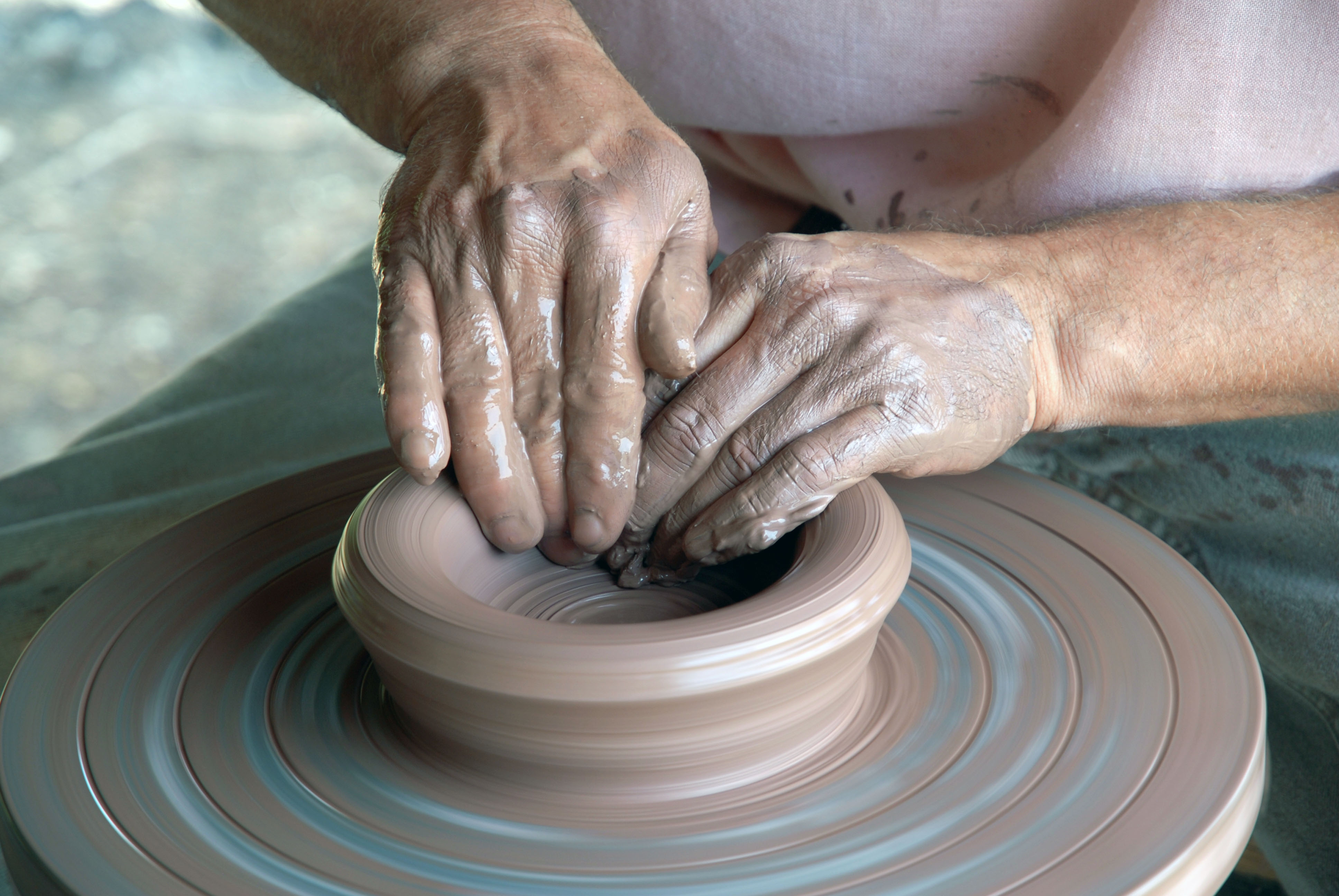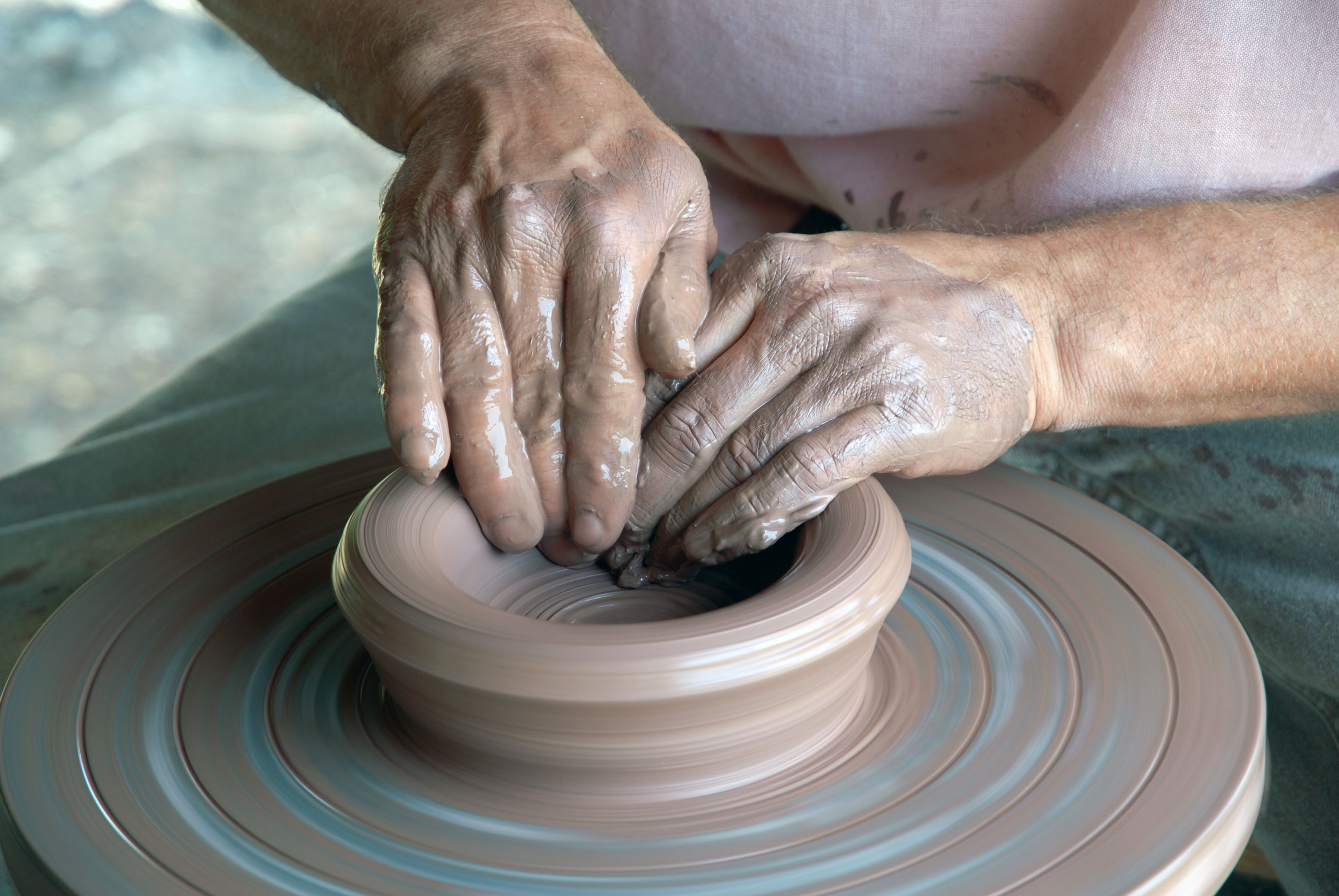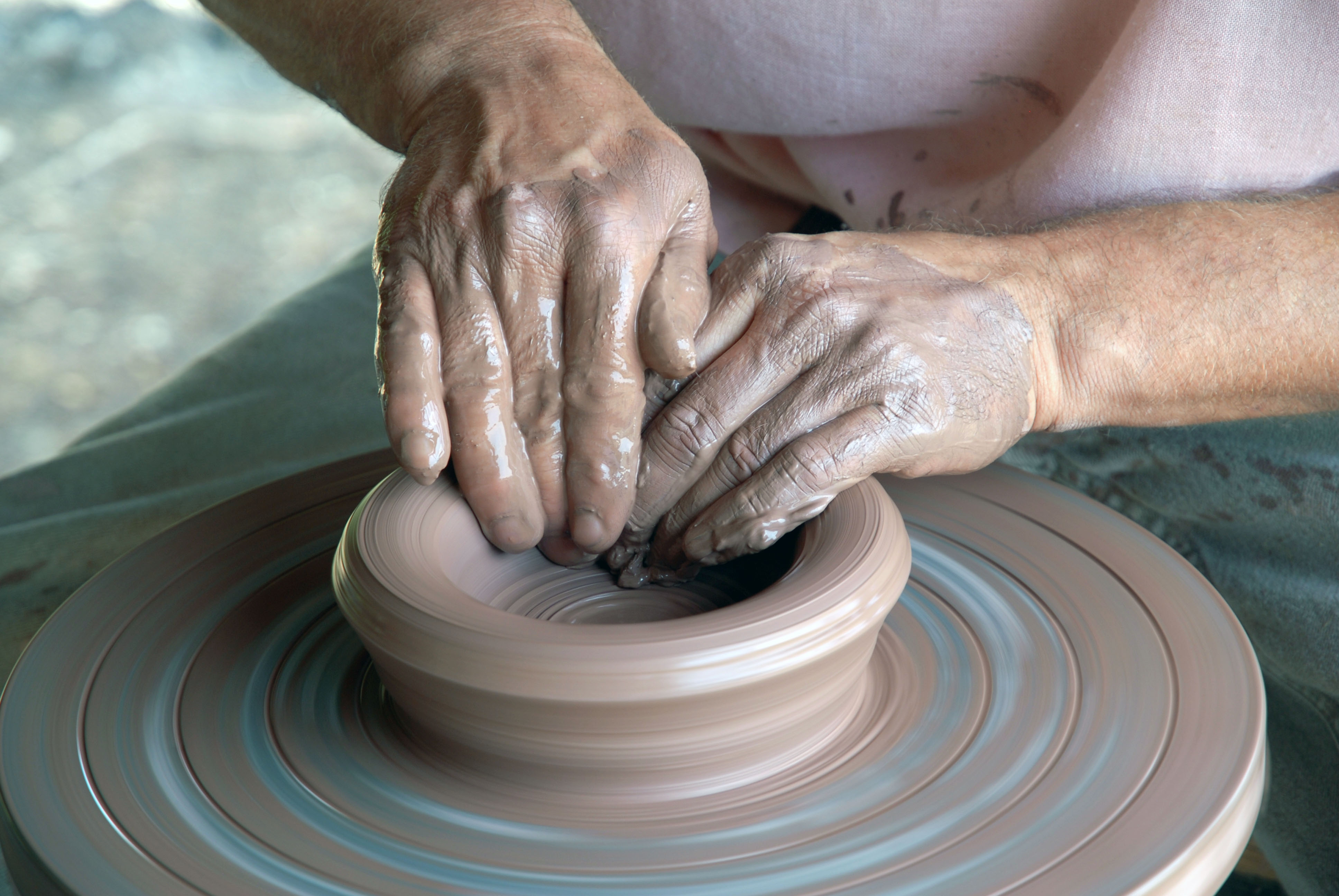September 11 and 12, 2019 - The third partnership meeting of the CLAY project (Cross Sector support for Innovative and Competitive Artistic Ceramic SMEs) was held on the 11-12 September 2019 in Seinäjoki (Finald).

The partners, coming from Italy, Finland, France, Portugal, Romania and Spain gathered in Seinäjoki for the third Interregional Learning Event (ILE) of the project, with the main purpose of discussing the needs analysis carried out by the partners themselves in Semester 2 (December 2018 - May 2019), consisting in a survey for the key stakeholders of the ceramic sector, aimed at understanding the innovation needs in CLAY regions.
The CLAY project, in fact, through the sharing of best practices and solutions among the partners in the artistic and craft ceramic sector, will lead to the development of policies and concrete actions to support and enhance the competitiveness of small and medium European ceramic enterprises.
This process has started from a first preparatory study of the strengths and weaknesses, opportunities and threats of the ceramic sector, developed by each partner and coordinated by the Lead Partner (Umbria Region, Italy).
This first step was followed by the Needs analysis questionnaire for the ceramic stakeholders, and will continue with the identification of good practices that will be used to inspire concrete improvement in the policies of the partners’ regions.
In Seinajoki, the partners shared the results of the needs analysis and the innovation priorities in the ceramic sector, according to the survey results, are: Marketing (43%); Product innovation (29%) and Process innovation (28%).
The best measures to boost innovation, identified in the same survey by the stakeholders, are economic and financial aids; training programmes; cross-sector initiatives and networking activities.
The key words resulted by the brainstorming with the partners and stakeholders, aimed at inspire the regional action plans which will lead to the regional policy improvements, are: information and communication technologies; research; construction and housing; environment and circular economy; creative industry.
During the first day, Asta Boman-Björkell presented the Ornamo Art and Design Finland (https://www.ornamo.fi/en/), an association which promotes designers in society, providing legal consulting and organising events with a focus on the heritage of modernism and challenges of the future. Ornamo counts about 19.000 designers and 200 ceramists.
The meeting also included study visits to understand the ceramic sector in the region of South Ostrobothnia, with a focus on:
Amfora, ceramic artist Päivi Rintaniemi (https://rintaniemi.fi/), an awarded sculptor and designer graduated as Master of Arts from the University of Art and Design in Helsinki (Aalto University). She is the Premio Faenza °58 main prize winner and her sculptures has been exhibited all over the world. Rintaniemi’s workshops combines artistic and functional ceramics with innovative machineries (reused from the dairy industry) to mix the clay and dry the pottery.
Vanha Paukku cultural center (https://vanhapaukku.fi/) and Lapua Adult Education Center (https://www.lapua.fi/kansalaisopisto/?id=789) has been the setting of the second day of the meeting. The Lapua Adult Education centre is a goal-oriented, non-formal education institution whose concepts are lifelong learning and self-development. It is financed for 1/3rd by the Government; 1/3rd by the Municipality and 1/3rd by the courses fees. It counts 100 teachers and 9.500 hours of lessons every year, including ceramics.
The further steps of the project will see the partners organising mid-term communication events and working on the identification of good practices which will lead to improvements in the regional policies that will contribute to the innovation of the artistic ceramic sector.

Press office
Giuseppe Olmeti (AEuCC) | [email protected]
Paola Casta (AEuCC) | [email protected]
